Our Clean Space Industrial Days (CSID) took place at ESTEC from 24 to 26 October 2017, welcoming over 250 attendees from all over Europe and beyond, representing over 100 different entities (space industry, agencies, universities and research centres).
For three days we engaged in discussions on EcoDesign for Space, technologies for space debris mitigation (SDM) and active debris removal (ADR). Our objective was to offer an insight to the technological advancements in these fields in Europe, both realised and ongoing, and this goal has definitely been accomplished.
The CSID are not a conference but true Industrial Days. And this is the reason why, despite a total of four major conferences organised on space debris during 2017, so many people were drawn to this event. The interactive format of the sessions is fundamental, allowing the participants to be able to discuss the main technical challenges and advancements at European level on topics which are complex and sensitive.
ESA, as the global leader for an environmental space sector, is pushing space actors to carry out Life Cycle Assessments (LCA) and last year has issued the space system LCA guidelines. We are doing our best to build up a community of environmental experts on space activities. As part of this effort, this year environmental-space experts were invited to participate, ranging from LCA experts and atmospheric scientists modelling the influence of rocket exhaust to biologists studying the impact of discarded stages on marine ecology.\
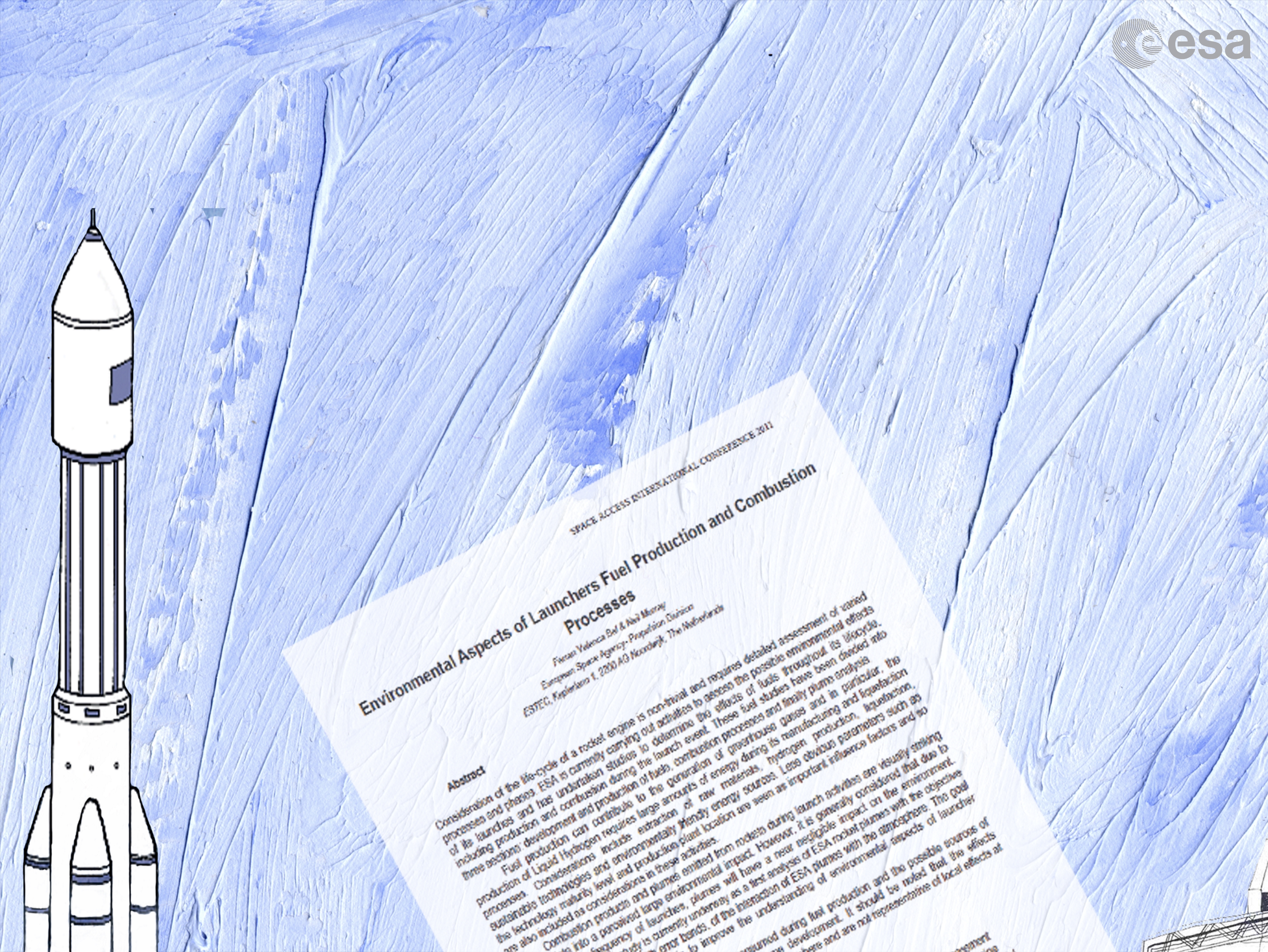
Clean Space assessed the environmental impacts of several space missions and then, developed a handbook providing guidelines to carrying out LCAs in the space sector.
Credits: ESA & Marianne Tricot ( Ecole Estienne Paris)
Specific EcoDesign sessions were organised over the entire duration of the CSID and these drew much interest; often participants were left standing at the back as they followed presentations (available here) on details of LCA, REACH and Green technologies activities, often leading to intense follow-up debates.
For us the CSID provide a venue where experts in various areas related to Clean Space can meet for lively discussions. That’s why we organised round tables on:
– Market for Active Debris Removal and Satellite Servicing. This interactive round table on possible markets for space tugs used real-time inputs from the audience through an electronic voting system. The results demonstrated that different factors such as financial constraints and legal complications are considered barriers for setting up the market. Read more
– LCA Space Propellants, this working session involved environmental specialists and the European Propulsion industry (50 people in total), presenting and discussing the results of a study on the LCA for space propellants.
– Single Score. Within Life Cycle Assessment, certain environmental indicators may be of more interest than others. This session aimed to define the most important environmental indicators and to assign weighting factors to them in order to arrive at a ‘single score for space’ agreed upon by all space sector actors.
– Sustainability of space, attended by industry, universities and the UN Committee on the Peaceful Uses of Outer Space. Discussions focussed on assigning economic value to key orbits, predicting the deterioration of availability of orbits due to space debris, and rules of conduct or even legal measures needed to ensure that satellite services from congested orbits remain viable.
– Semi-controlled re-entry. In addition to the traditional uncontrolled and controlled re-entry concepts there is now third one considering to control the re-entry of a satellite up to the last three or four orbits. With respect to an uncontrolled re-entry this would decrease the uncertainty of the impact area, therefore potentially lowering the casualty risk down to the 1 in 10 000 threshold or better without the complexities of a fully controlled re-entry.
– Reliability. The requirement on reliability is evolving from a conditional success probability of the End of Life operations to an absolute value. The consequences at system and subsystem level have been discussed as well as the approach to determine the reliability at end of life and to evaluate mission extensions accordingly.
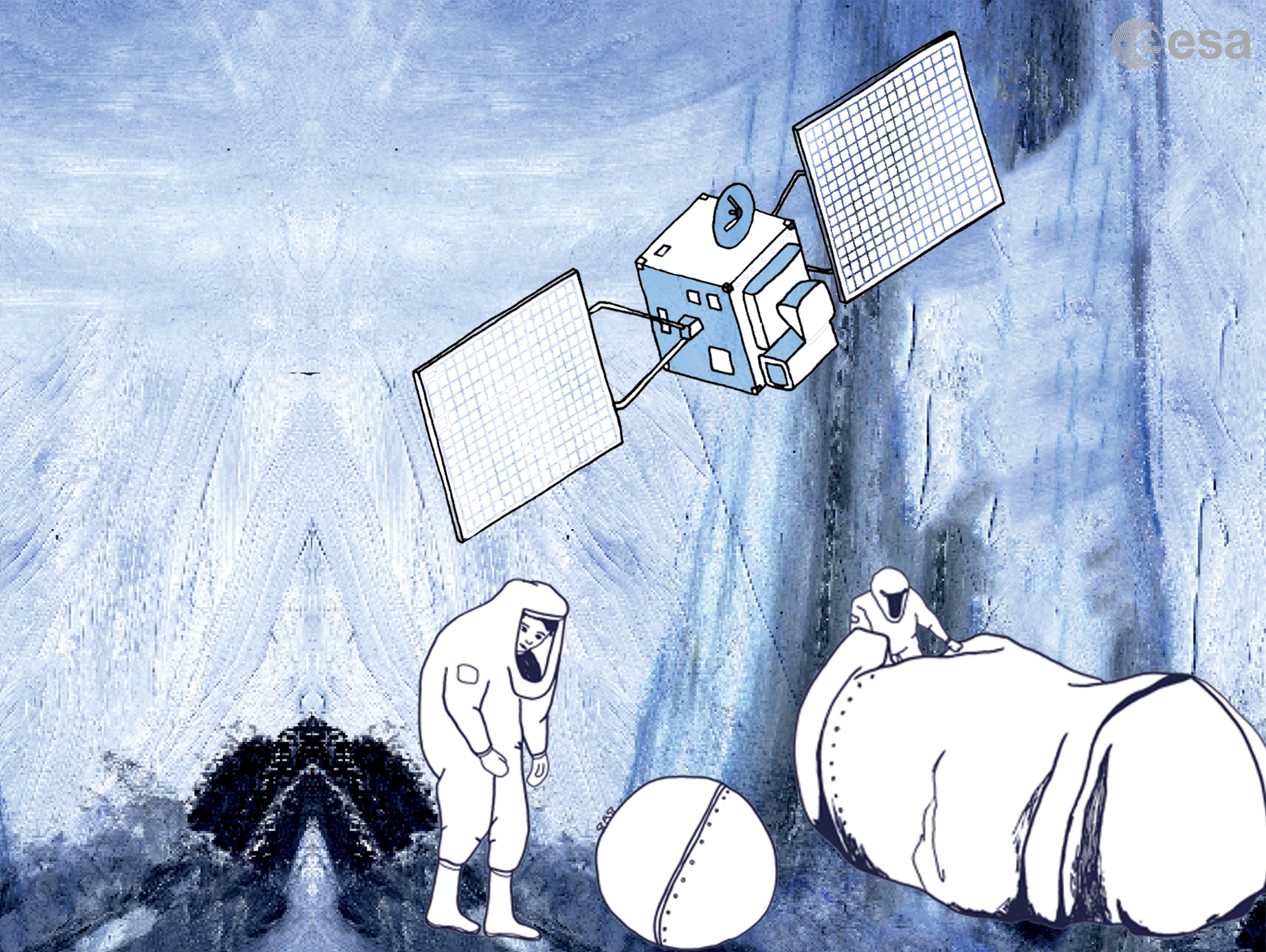
Without intervention, satellites and rocket bodies will eventually reenter the atmosphere after the end of their operational lifetimes.
ESA studies ‘Design for Demise’ technologies in order to reduce the impact risk on ground and at the same time minimize piling up of space debris.
Credits: ESA & Marianne Tricot ( Ecole Estienne Paris)
If you followed the CSID on Twitter you may have noticed that these round tables were truly “heated”, reaching our objective to trigger discussions on complex challenges with representatives of all stakeholders in the space sector.
If especially interested in the topic of active debris removal, you may want to check out the LSI presentations of their roadmaps for space tug developments – covering several service types including active debris removal. You can find them in the e.Deorbit section of the website.
If you have further questions about the Clean Space Industrial Days, please leave us a comment below or send us an email at cleanspace@esa.int.
And do not forget to check out the presentations made during the CSID. They are available on the website of the event: https://indico.esa.int/indico/event/181/
That is the end for this year. A huge thank you to all speakers & participants from the entire cleanspace team! #CleanSpaceIndustryDays pic.twitter.com/4eRv2VLcvK
— ESA Clean Space (@ESAcleanspace) 26 octobre 2017
The next CSID is planned for October 2018. The dates should be confirmed early next year.
———————————————————————————————————–
Related content:
ESA, global leader for an environmental space sector
CleanSat: an exciting opportunity for the European Space industry
e.Deorbit: it is time to make active debris removal a reality for the European Space sector
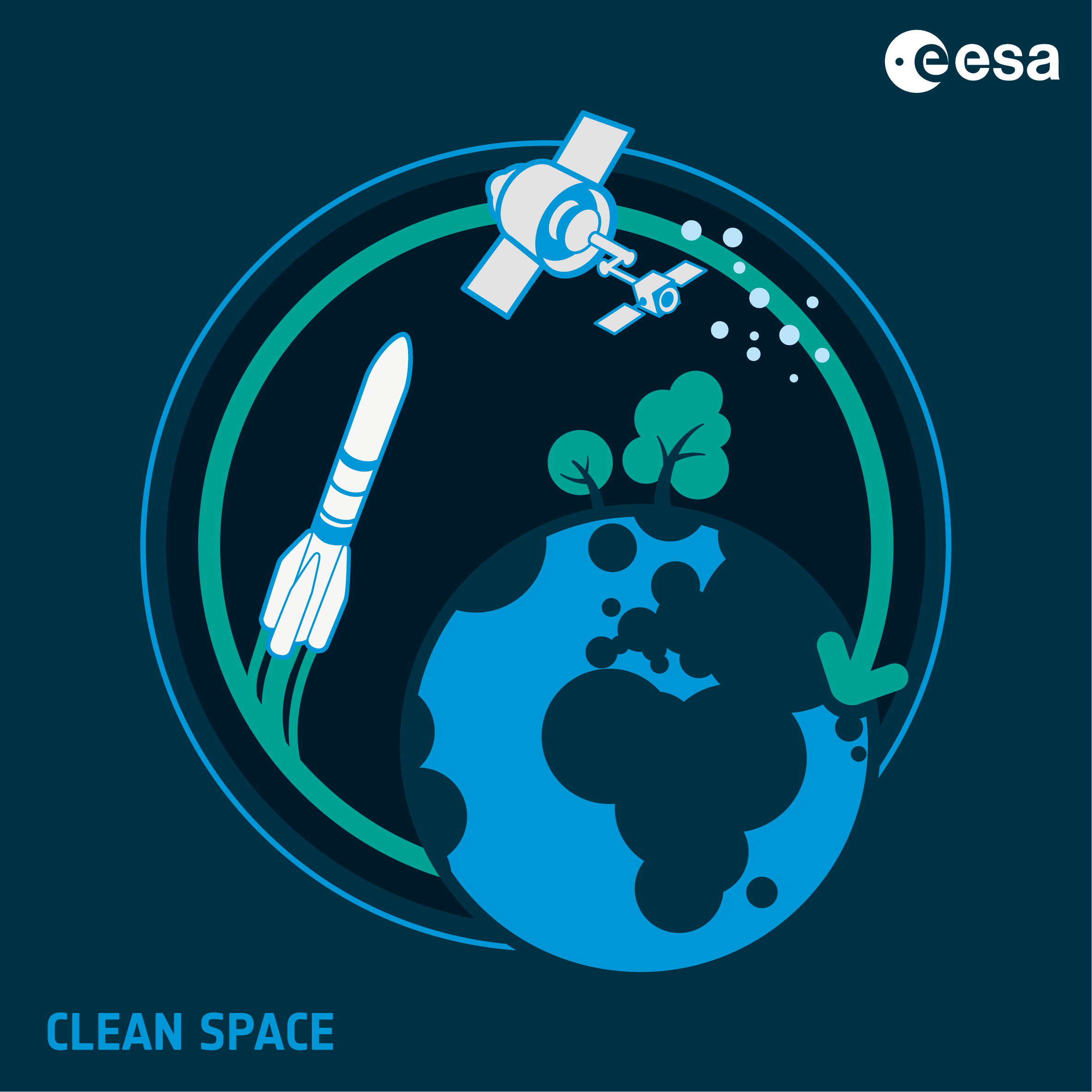

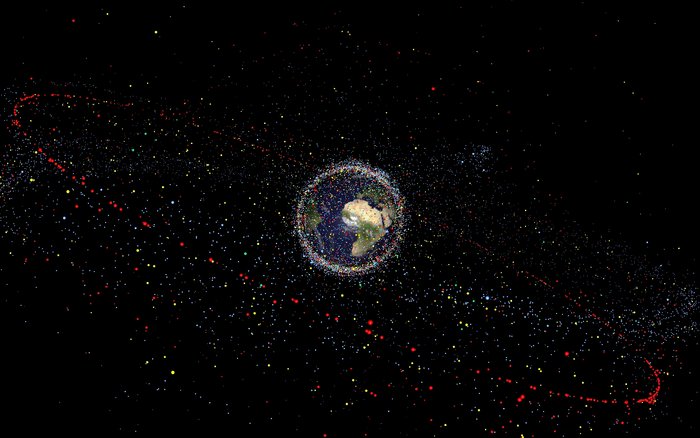
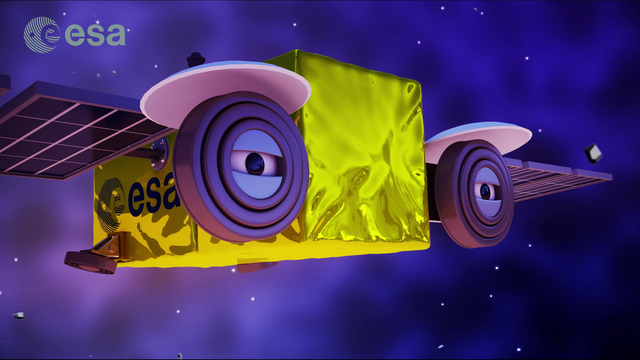
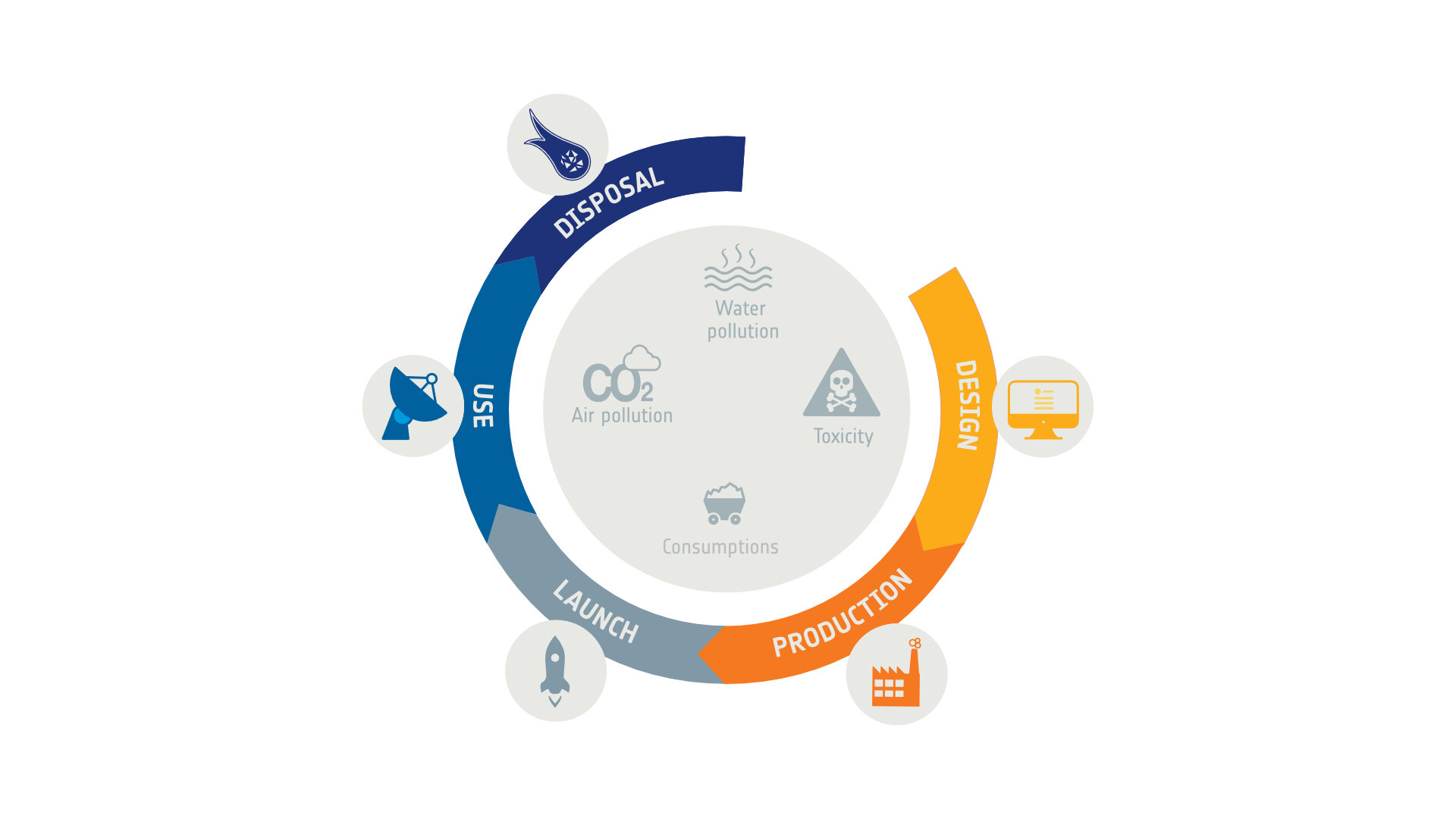
Discussion: one comment
Maybe we should try to recycle ♻️ the space debris
Here is my suggestion to ESA clean space.https://youtu.be/4dDNyne7lZo